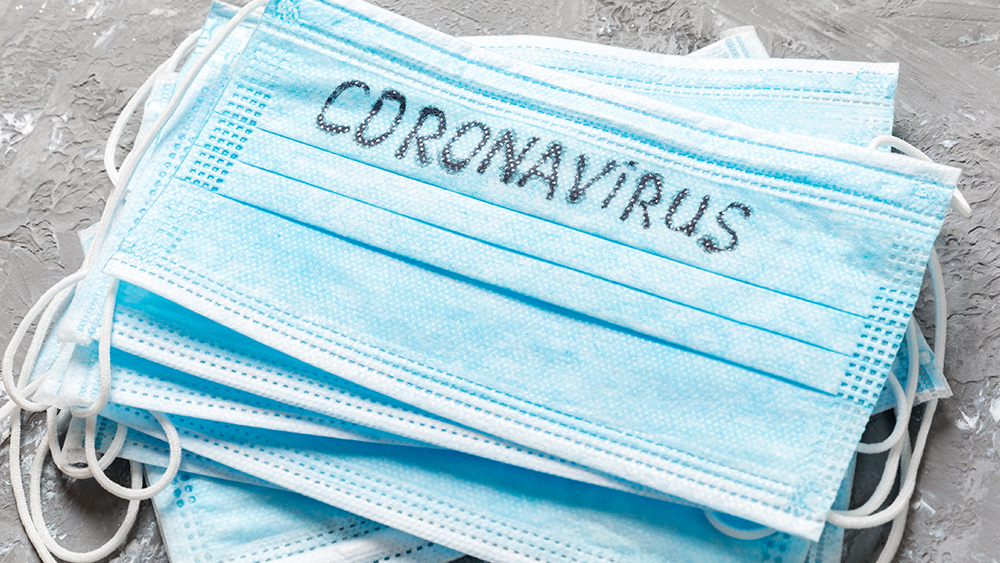
Advertisement
If you find yourself stranded in the middle of nowhere with next to no resources, water will be the most important priority to find. Your body can go for some period of time without food, and you don’t immediately need shelter unless you’re in extreme heat or in freezing conditions, but more than 24 hours without water will take its toll on your physical and mental state, killing you faster than starvation.
Finding water
Water can be found in almost all kinds of environments. Wherever you are, if there’s rain, you can catch some in any container, including tarps.
If you’re in frigid areas, you can melt and purify snow and ice. Gray and opaque ice is frozen saltwater and may not be fit to drink unless desalted. Sea ice that is bluish in color and crystalline has little salt in it. Do not drink seawater without desalting.
If you’re stranded on a beach, you can get water from the ground. Dig a deep hole where the water can seep in, get some rocks and heat them on the fire, then drop them into the water. Hold a cloth over the hole to absorb the steam as the water is warming up or boiling. Wring the water from the cloth.
In the desert, all trails lead to water. Follow trails where they converge for signs of camps, campfire ashes, or animal droppings. Flock of birds will also circle around waterholes. Another way to find water in the desert is to look for some barrel cacti. Its water is stored inside its tough rind covered in sharp spines. Cut off the top part and mash and squeeze the juice out of the pulp. Don’t eat the pulp – discard it once all its juices have been sucked out.

Heavy dew can also provide water. According to a figure presentation by Wilderness Survival, the best way to get water from dew is to tie rags or tufts of fine grass around your ankles and walk through dew-covered grass. As the rags or grass tufts absorb the dew, wring the water into a container. Repeat the process until you have a supply of water or until the dew is gone.
If you haven’t found any water source near you and you’re feeling desperate, don’t substitute the following liquids for water:
- Alcoholic beverages dehydrate the body quickly.
- Urine contains harmful body wastes and two percent salt.
- Blood is considered as food and therefore needs to be digested; it may also transmit disease.
- Seawater is about four percent salt, which means drinking it will deplete your body’s water supply instead of replenishing it.
(Related: Water: The World Is Facing a Dire Shortage of This Essential Element.)
Other sources of water
Insects such as bees or ants may point you to water-filled holes in a tree as they make their way up the trunks. Siphon the water with plastic tubing or stuff a cloth in the hole to absorb the water and then wring it from the cloth.
Plants are an excellent source of water. Some of these are:
- Bamboo – Water from green bamboo is clear and odorless. Simply bend a green bamboo stalk, tie it down, and cut off the top. The water will drip freely during the night. Old, cracked bamboo may also contain water.
- Banana or plantain trees – Cut down the tree, leaving about a 30-centimeter stump, and scoop out the center of the stump so that the hollow is bowl-shaped. Water from the roots will immediately start to fill the hollow. The stump can supply water for up to four days. The first three fillings of water will be bitter, but succeeding fillings will be drinkable.
- Tropical vines – Some tropical vines can give you water. Cut a notch in the vine as high as you can reach, then cut the vine off close to the ground. Catch the dropping liquid in a container or in your mouth.
- Coconuts – Water from unripe coconuts is a good thirst quencher. However, the milk from mature coconuts contains an oil that acts as a laxative.
The following trees can also provide water:
- Palms – Palms, such as the buri, coconut, sugar, rattan, and nips, contain liquid. Bruise a lower frond and pull it down so the tree will “bleed.”
- Traveler’s tree – Found in Madagascar, this tree has a cup-like sheath at the base of its leaves in which water collects.
- Umbrella tree – The leaf bases and roots of this tree of western tropical Africa can provide water.
- Baobab tree – This tree of the sandy plains of northern Australia and Africa collects water in its bottle-like trunk during the wet season. Frequently, you can find clear, fresh water in these trees after weeks of dry weather.
Learn how to survive with articles on Preparedness.news.
Sources include:
Submit a correction >>
This article may contain statements that reflect the opinion of the author
Advertisement
Advertisements















